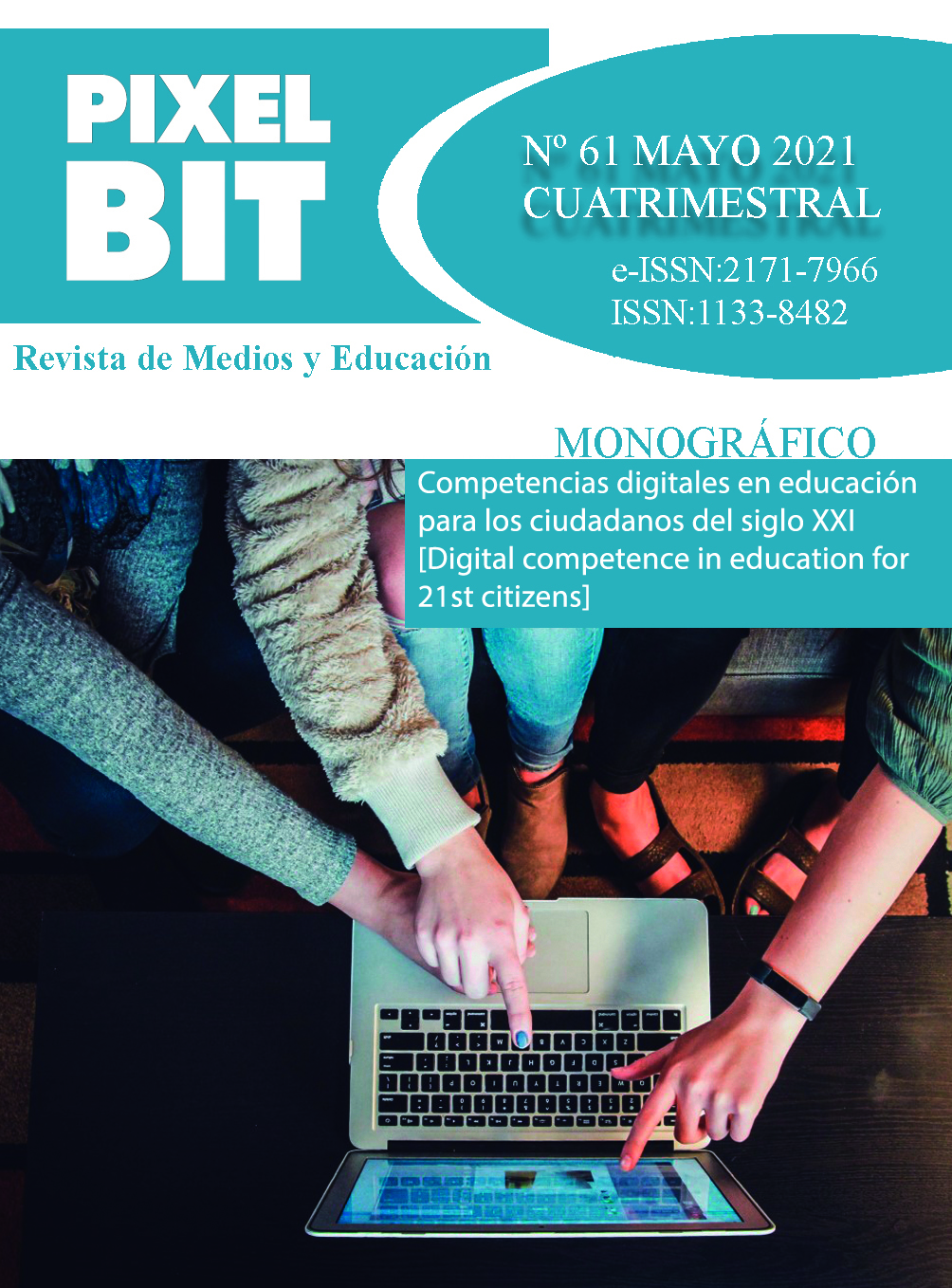Resumen
The Covid-19 pandemic has thrown into stark relief the importance of students being able to be flexible learners: juggling blended learning opportunities, being independent and creative, and collaborating with staff and students- often in digital virtual environments.
This paper reviews alternative interdisciplinary curriculum models that break down artificial barriers between subject disciplines through the use of ‘Rich Tasks’, interdisciplinary tasks which integrate subject knowledge with developing student skills in the 4C’s collaboration, critical thinking, communication, and creativity. The paper suggests that ‘Rich Tasks’ provide a futureproof methodology as they focus learning on the global, emotionally resilient skills that children need to adapt to a changing digital world where they may change jobs many times.
Historic and current interdisciplinary learning models are explored. Interviews with key practitioners and learners who were and are involved in these were conducted. Significantly positive responses to interdisciplinary learning from both groups of respondents are found. A development of the form of learning called ‘Rich Tasks’ (See Moulds 2004 for definitions) can be constructed through the enhanced knowledge and utilisation of digital technology which teachers have gained worldwide in order to continue teaching during the pandemic.

Esta obra está bajo una licencia internacional Creative Commons Atribución-NoComercial-SinDerivadas 4.0.
Derechos de autor 2021 Píxel-Bit. Revista de Medios y Educación

